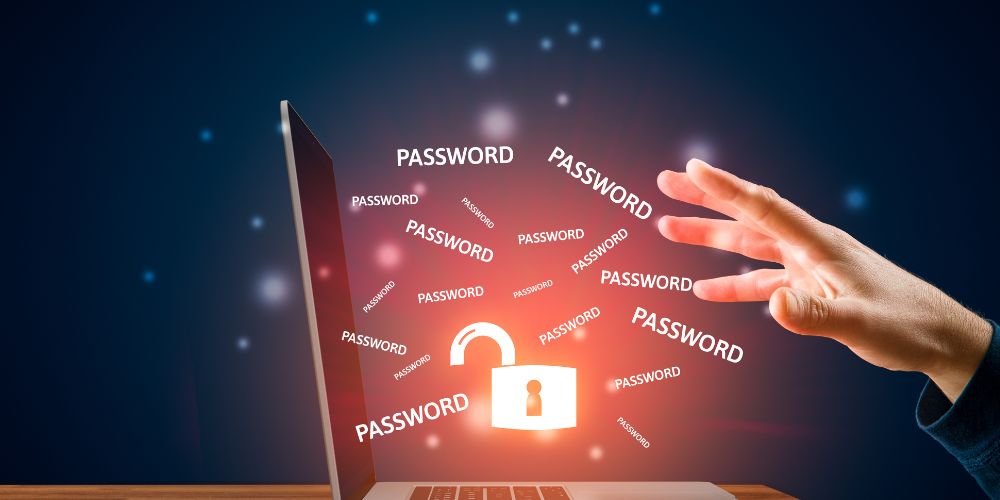In an era dominated by digital connectivity, the importance of cybersecurity cannot be overstated. As we rely increasingly on technology, the risk of cyber threats looms large. Identifying and mitigating cybersecurity risks is crucial to safeguarding sensitive information and maintaining a secure online presence. This article provides a detailed, step-by-step guide on identifying and mitigating cybersecurity risks effectively.
Understanding the Landscape of Cybersecurity Risks
Before delving into the specifics of identification and mitigation, it’s essential to grasp the various landscape of cybersecurity risks. These risks encompass multiple threats, including, but not limited to, phishing attacks, malware, ransomware, and social engineering. Acknowledging the breadth of potential risks lays the foundation for a robust cybersecurity strategy.
Conducting a Comprehensive Risk Assessment
Begin by conducting a comprehensive risk review to identify potential vulnerabilities. It involves evaluating your organization’s systems, networks, and processes to pinpoint weaknesses that cybercriminals could exploit. Assess the potential impact and likelihood of each identified risk to prioritize mitigation efforts effectively.
Implementing Robust Access Controls
One key aspect of cybersecurity risk mitigation is controlling access to sensitive data and systems. Implement strict access controls to ensure that only authorized personnel can access critical information. Regularly review and update access permissions to align with personnel changes and evolving security needs.
Educating and Training Personnel
Human error remains an essential factor in cybersecurity breaches. Educate and train workers on cybersecurity best practices, including recognizing phishing attempts, creating strong passwords, and exercising caution when downloading attachments or clicking on suspicious links. An informed and vigilant workforce is a powerful defense against cyber threats.
Mitigating Cybersecurity Risks
Now that we’ve identified potential risks, let’s explore effective mitigation strategies to strengthen your cybersecurity posture.
Regular Software Updates and Patch Management
Keep all software, including operational systems and applications, up to date with the latest security patches. Regular updates help close vulnerabilities that cybercriminals may exploit. Establish a robust patch management procedure to ensure the timely application of security updates across your organization’s infrastructure.
Implementing Network Security Measures
Deploy firewalls, intrusion detection systems, and antivirus software to establish a layered defense against cyber threats. Network security measures act as barriers, monitoring and filtering incoming and outgoing traffic to identify and block potential threats. Regularly review and update these protection measures to keep pace with evolving cyber threats.
Data Encryption and Backups
Encrypt sensitive data to rescue it from unauthorized access, especially during transmission. Regular data backup protocols should also be established to ensure that critical data can be restored without significant loss in the event of a cybersecurity incident. Offsite backups provide an additional layer of protection against data loss resulting from physical disasters or ransomware attacks.
Incident Response Planning
Develop a comprehensive incident response program outlining the steps to be taken during a cybersecurity incident. This plan should include communication protocols, a designated incident response team, and procedures for investigating and mitigating the impact of a security breach. Regularly test and update the incident response schedule to ensure its effectiveness.
Conclusion
Identifying and mitigating cybersecurity risks is a continuous commitment to safeguarding digital assets in an increasingly interconnected world. By conducting thorough risk assessments, implementing robust access controls, and educating personnel, you can create a strong foundation for cybersecurity. Additionally, regularly updating software, deploying network security measures, encrypting data, and having a well-defined incident response plan contribute to a resilient cybersecurity posture. Stay vigilant, stay informed, and continuously adapt your cybersecurity strategy to address the ever-evolving landscape of cyber threats. Remember, proactive measures today can prevent costly and damaging incidents tomorrow.










